Content warning
This story may contain sensitive material or discuss topics that some readers may find distressing. Reader discretion is advised. The views and opinions expressed in this story are those of the author and do not necessarily reflect the official policy or position of Vocal.
Brushstrokes of Emotion: Unveiling the Power of Visual Art
The Intriguing World of Abstract Art: An Overview
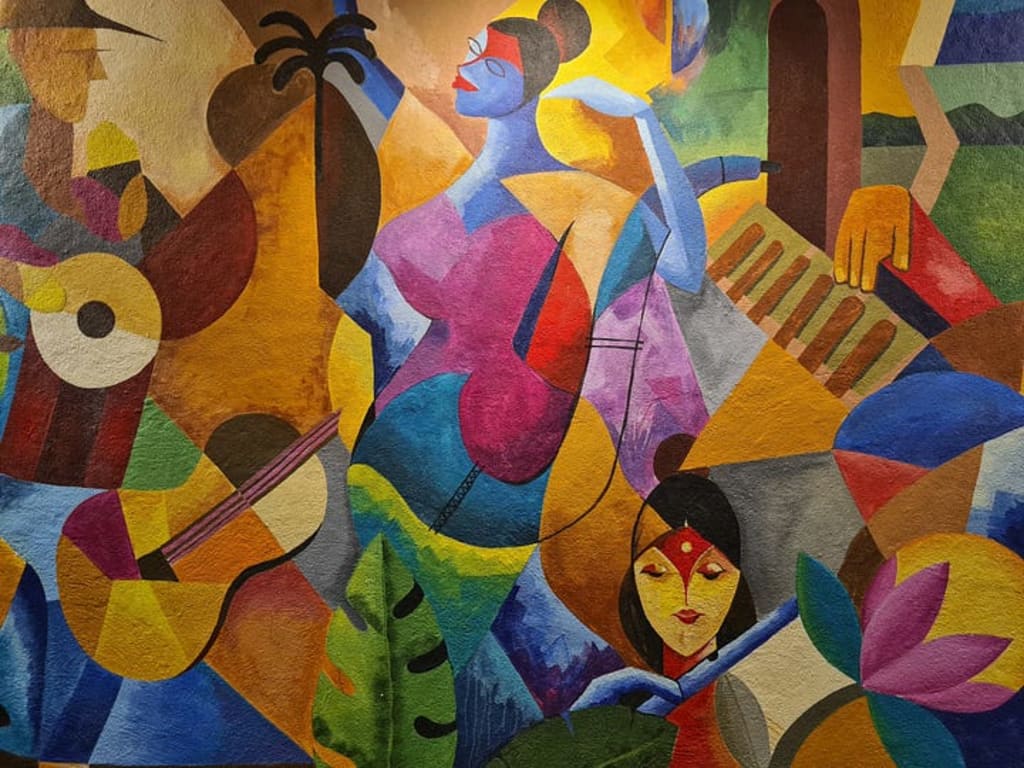
Introduction
Overview of the Fascinating World of Abstract Art
Abstract art is a beguiling mystery in a world where fact and fantasy entwine like vines. It encourages viewers to leave the safe harbor of literal depiction and venture into unexplored waters of emotion and symbolism with a beguiling allure. Abstract art defies expectations, much like a symphony performed without a score. It enables the soul to express itself via its melody of color, form, and motion. Each piece transforms into a doorway into an unseen dimension where the mind creates images in a kaleidoscope of interpretations and the heart dances with every brushstroke.
The Allure of Abstract Expressionism: Beyond Reality
Artists who practice abstract expressionism embrace the wild wildness of their inner selves. They channel feelings, memories, and dreams into a stunning tapestry of disorder and order after being freed from the constraints of material forms. The canvas becomes into a doorway, a mirror, and a looking glass into the human experience instead of remaining a canvas. Inviting viewers to go into the depths of their own emotions and free the hidden artist within, abstract expressionism redefines the parameters of art.
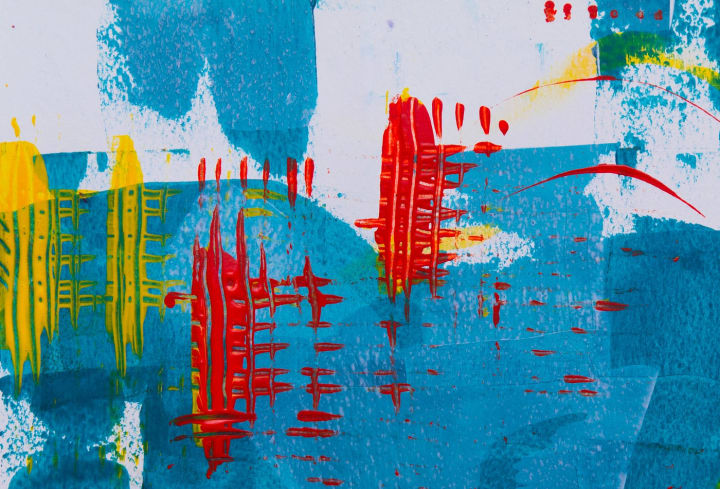
In the realm of art, where imagination knows no bounds, abstract art stands as a remarkable testament to the power of visual expression. It defies traditional forms and narrative constraints, instead delving into a realm where colors, shapes, and textures intertwine to evoke emotions that transcend language. Abstract art invites us to journey beyond the literal, to embrace the enigmatic, and to explore the depths of our own emotional landscapes.
At first glance, abstract art might seem perplexing. Unfamiliar shapes dance across the canvas, colors blend in unexpected ways, and lines converge and diverge without apparent purpose. Yet, it is precisely this departure from the ordinary that allows abstract art to become a conduit for emotion. When words fall short, when direct representation fails to capture the complexities of human feeling, abstract art steps in to bridge the gap.
Consider the works of Wassily Kandinsky, often heralded as one of the pioneers of abstract art. In his masterpiece "Composition VII," vibrant hues collide and intermingle in a symphony of chaos and harmony. The viewer's eye is drawn to the intricate details and sweeping gestures, each stroke seemingly guided by an invisible hand. Kandinsky believed that colors and shapes carried inherent spiritual and emotional qualities, and in "Composition VII," one can sense the tension, the euphoria, and the contemplation that pulsate through the canvas.
Similarly, the abstract expressionist movement, led by artists like Jackson Pollock, employed a visceral approach to art-making. Pollock's "Number 1A, 1948" is a tapestry of drips and splatters, a dance of paint that was as much a reflection of his inner turmoil as it was a demonstration of technique. This departure from traditional representation allowed him to access a raw, unfiltered realm of emotion, inviting viewers to peer into the depths of his psyche and, in turn, their own.
Abstract art is not confined to the canvas alone. Sculptors like Barbara Hepworth and Henry Moore transformed raw materials into abstract forms that seemed to defy gravity and logic. Their works, often characterized by smooth curves and negative spaces, invoke a tactile response. As hands trace the contours of a sculpture, a visceral connection is established, and the form's emotional resonance becomes palpable.
But what about the viewer's experience? The act of engaging with abstract art is an exercise in introspection. It invites viewers to set aside preconceived notions, to silence the analytical mind, and to allow emotions to rise to the surface. As one stands before an abstract piece, a dialogue unfolds between the art and the observer, free from the constraints of literal interpretation. This interaction is deeply personal; a single piece of art can evoke a spectrum of emotions, each viewer interpreting it through their unique lens of experiences and sensibilities.
Yet, abstract art is not a one-way conversation. Artists themselves become conduits, channeling their own emotions onto the canvas. The process of creation becomes a dance of intuition and intention, a delicate balance of spontaneity and meticulous decision-making. The artist might begin with a vague emotion, a sense of unease or elation, and as they apply colors and shapes, their inner world takes form. It's an act of vulnerability – putting forth a piece of themselves for the world to decipher.
In a world inundated with noise and constant distractions, abstract art demands presence. It asks us to pause, to engage, and to reflect. It encourages us to explore the boundaries of emotion beyond language, to embrace the ambiguity, and to acknowledge that feelings are not always straightforward or easily defined. As we embark on this exploration of abstract art's profound ability to convey emotion, we open ourselves to a world where the canvas becomes a mirror, reflecting back the intricacies of our innermost selves. In the intricate dance between the artist, the artwork, and the observer, we find a space where emotion transcends its conventional confines, and where the enigmatic strokes of color become conduits for the heart's most profound whispers.
About the Creator
Enjoyed the story? Support the Creator.
Subscribe for free to receive all their stories in your feed. You could also pledge your support or give them a one-off tip, letting them know you appreciate their work.


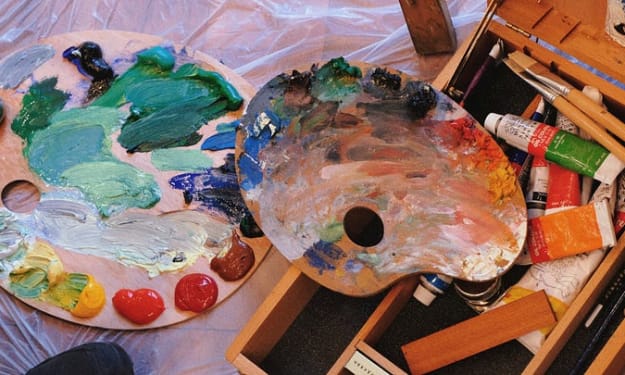

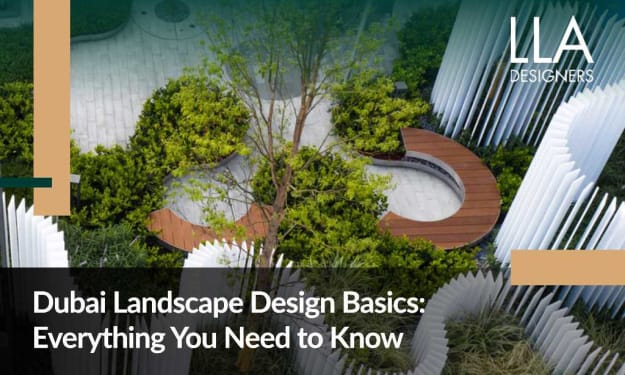
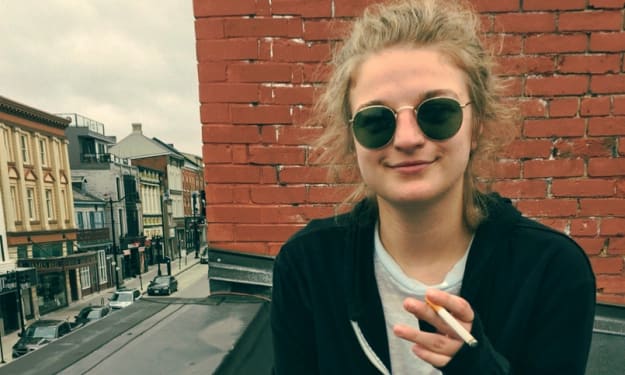
Comments
There are no comments for this story
Be the first to respond and start the conversation.